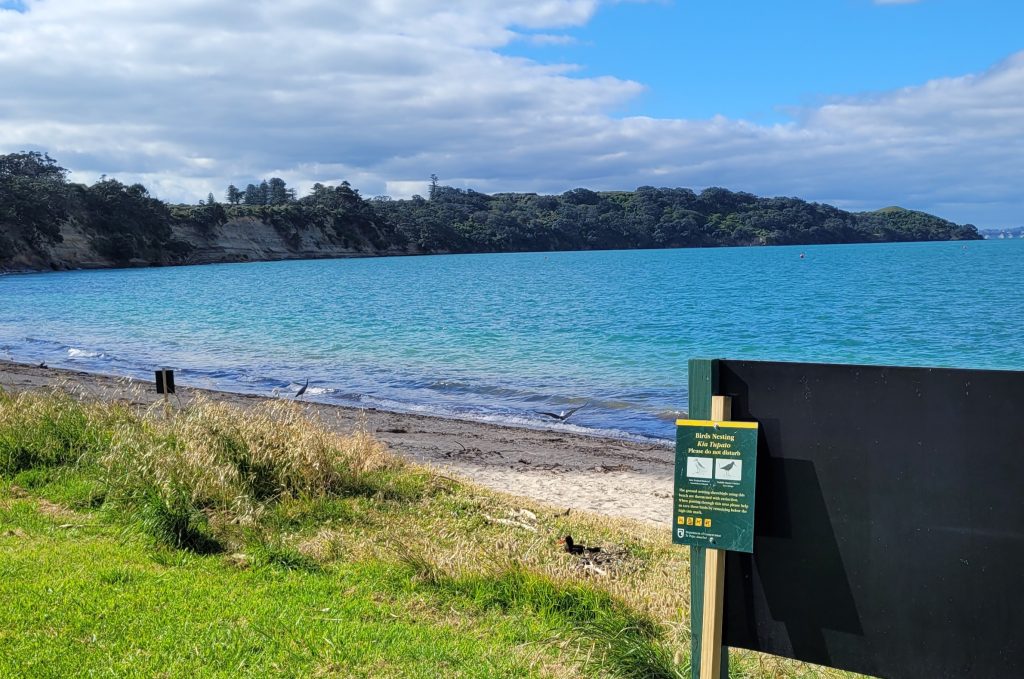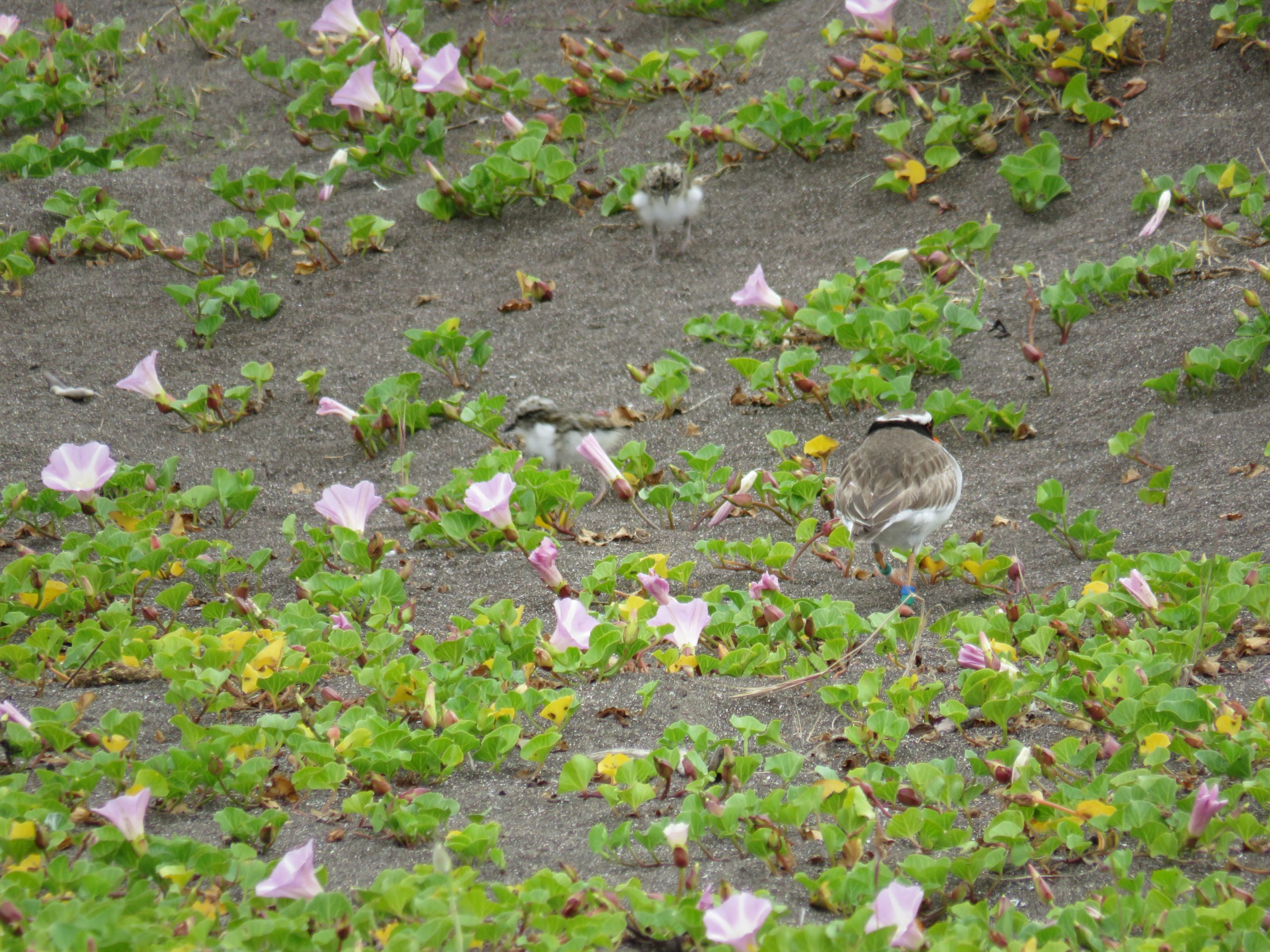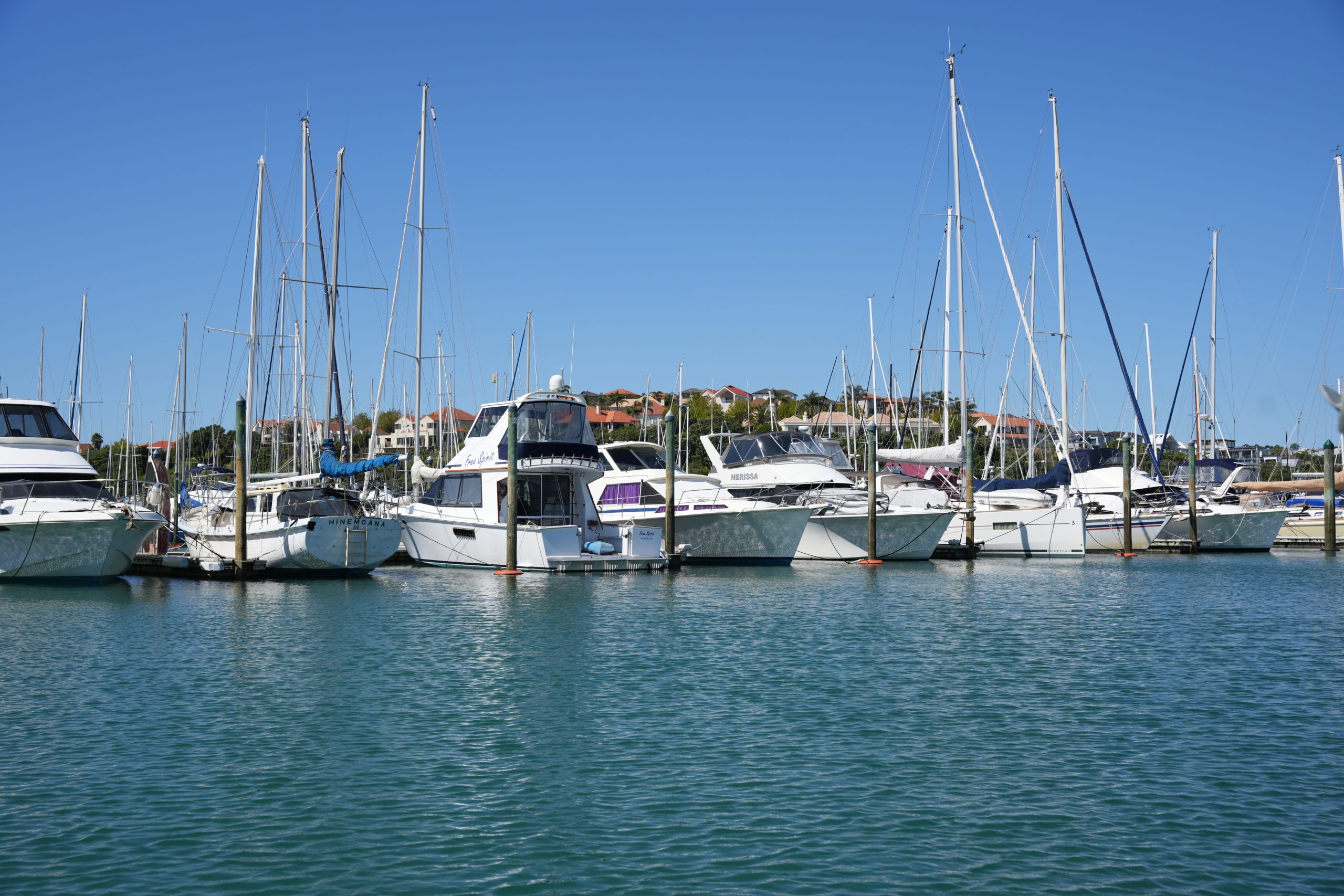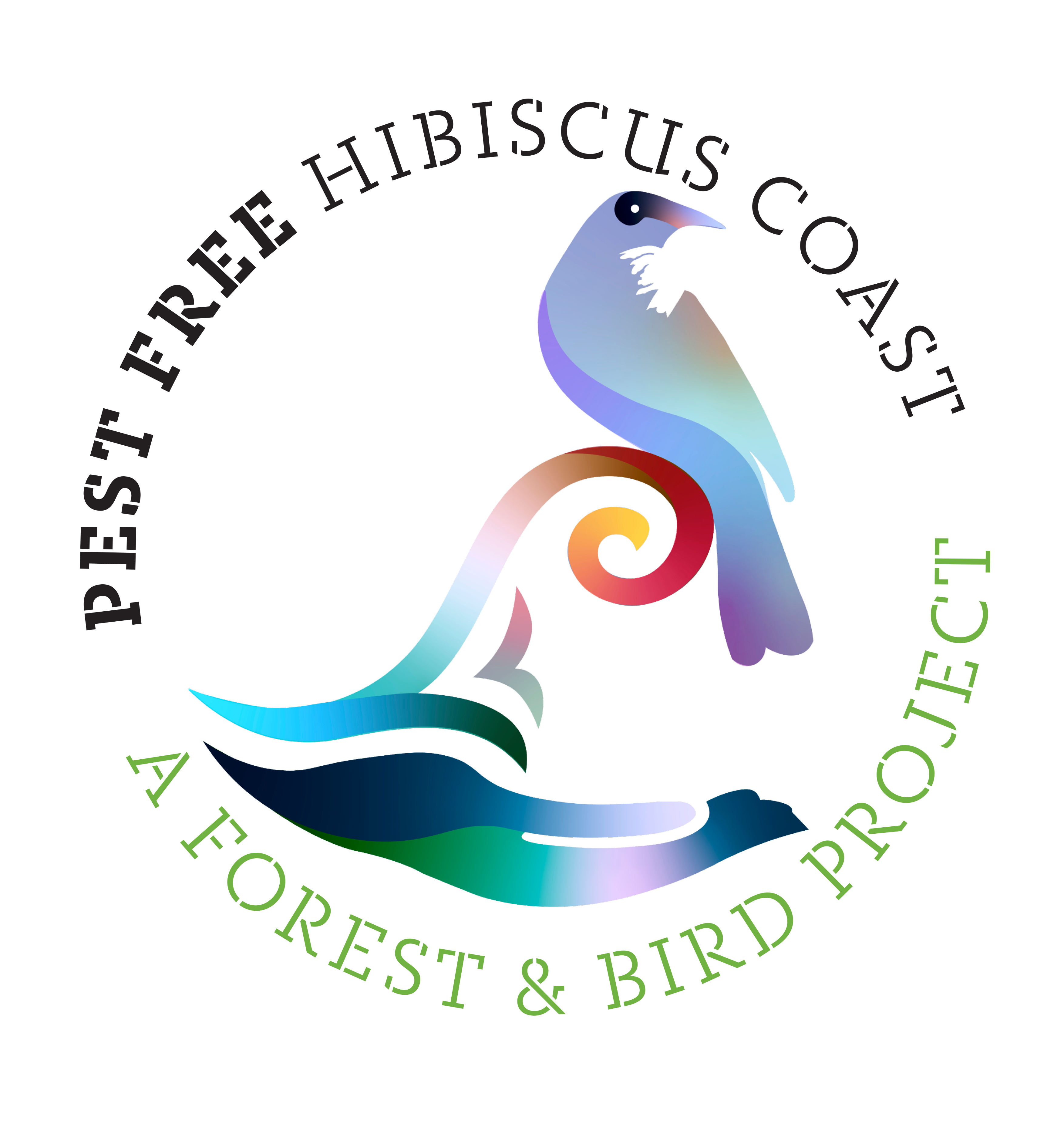Love is in the air! Across the Hauraki Gulf, Tīkapa Moana, birds of all shape and size are breeding, nesting and rearing their young. To help these parents with their big summer ahead, the Department of Conservation is reminding boat owners that dogs are not permitted on pest-free islands.
Here are a few success stories on Auckland’s inner Gulf islands:
Tiritiri Matangi – A few fluffy black Takahē chicks hatched in November. Adults usually only have 1-2 chicks annually. You might spot Takahē during summer in and around the lighthouse, especially as they love to eat native grasses.
The chicks will grow to around 2 to 4kg as an adult, and hopefully join the total NZ-wide adult population of around 500 birds.
Motutapu-Rangitoto – You can often spot Takahē in the grassy causeway area between the two islands – and if you’re lucky you’ll spot a chick that hatched in November. On the Northern side of Motutapu in a little bay called Pig Bay, next to Administration Bay, a few shore plover/tūturuatu chicks also hatched in November.
These small birds are deceptively strong fliers – one flew an 800km round trip from Motutapu to Foxton, just outside Wellington in September.
Male shore plover with two chicks at Pig Bay, next to Administration Bay, Motutapu. Photo by Dave Houston, DOC.
Motuihe – Several oystercatchers/tōrea pango have been sitting on their small, speckled eggs in November – right in Wharf Bay where many boaties arrive. Like many shore birds, these black birds with striking orange beaks nest on the sand between the high tide mark and the dunes.
Look out for the chicks in summer – they are speckled like their eggs. Useful tip: the parents feign injury or become loud and aggressive towards people that walk too close to their nests and young.
Safe havens
DOC, environmental groups and kiwi partners work hard to translocate birds from across New Zealand to these safe islands. By establishing safe new populations, we hope to bolster the resilience of the species population overall.
These pest-free islands are safe havens for endangered native birds. They can relax undisturbed while they breed, nest, feed and raise their vulnerable young chicks.
This is why dogs are not allowed on any of the Hauraki Gulf’s 47 pest-free islands – including the beach and foreshore. Even the smallest and most friendly dogs can stress and scare our coastal birds and dune-loving lizards at this very important time of year.
Let’s let the wildlife be wild – leave your dog at home or on the boat.

Spot the oystercatcher nesting at Wharf Bay, Motuihe. Photo by Emma Dunning, DOC.
Article by Nicole Steven – Department of Conservation




